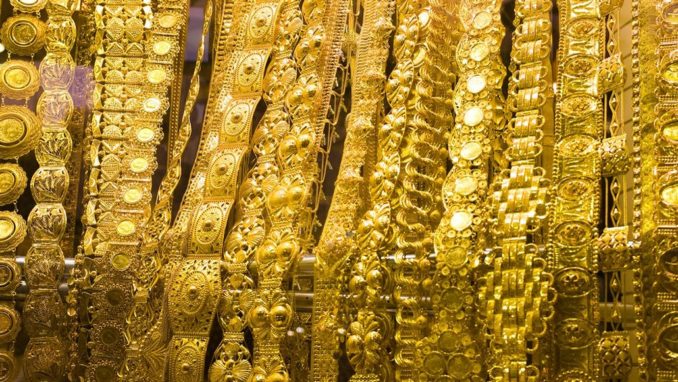
What happened and why
This year marked the 50th anniversary of President Nixon’s decision to unilaterally close the “gold window”. The impact of this move can hardly be overstated. It triggered a tectonic shift of momentous consequences and it changed not just the global economy and the monetary realities, but it also shaped modern politics and severely affected our society at large.
The Nixon Shock
In July 1944, representatives from 44 nations convened in the resort town of Bretton Woods, New Hampshire, to figure out how the global monetary system should be structured after the end of the war. The US took the clear lead during these talks, exploiting the considerable leverage it had over other countries devastated by WWII or even still occupied by Germany. After all, at that point, Americans were the creditors of the world and had accumulated tons of gold throughout the 1930s and during the war, as the US was widely seen as a safe haven amid the conflict and uncertainty that prevailed at the time.
Thus, the “Bretton Woods Agreement” was born, under which the U.S. pledged to convert into gold any dollars brought by other countries’ central banks at a rate of $35/oz, while the currencies of the other participating countries were to be convertible into USD at a fixed rate. What this meant in practice, was that the USD became the dominant reserve currency and the fundament of entire financial system of the West, while the gold peg was reduced to a “managed” version, through artificial price controls, that was always doomed to fail.
Indeed, the Bretton Woods system didn’t last long. It wasn’t fully implemented until 1958 and by the mid 60s it was already obvious that its days were numbered. The US gold stockpiles were dwindling as European central banks soon began redeeming their dollar claims, and there were real fears that US gold holdings might eventually be exhausted. Also, the Bretton Woods system, even though it was “managed” and much weaker form of the classical gold standard, did still at least partially keep government spending and deficits in check, something that Nixon resented, especially with a view to the next election.
And so, on August 15, 1971, President Richard Nixon announced his decision close the “gold window”, and end the convertibility of USD to gold. He thereby severed the final link between the US currency and any real asset that backed it and gave rise to the new era of totally unrestrained fiat money, that could be manipulated, printed and distributed on the whim of state central planners. In one fell swoop, money lost whatever integrity and reliability it had left and it was turned into a purely political tool, if not a weapon.
The end of sound money, or whatever was left of it
In his televised address to the nation and to the world, President Nixon justified his decision by claiming that “prosperity without war requires action on three fronts. We must create more and better jobs; we must stop the rise in the cost of living; we must protect the dollar from the attacks of international money speculators.”
As we all know by now, none of these goals were meat. In fact, the result of this unilateral move to extinguish the last vestiges of the gold standard achieved the exact opposite, on all fronts. It unleashed decades of inflationary policies, turbulence in currency markets, and it laid the foundations for an economic and financial system that is dangerously unstable, fragile and fundamentally unjust. All these implications are plain to see today, but the President’s actions were celebrated by the US establishment of the time. The Dow Jones Average rose the day after the address, while the New York Times unreservedly expressed its support, by writing “we unhesitatingly applaud the boldness with which the President has moved on all economic fronts.”
And yet, there were a few voices that spoke out, for common sense and Reason. As the Cato Institute outlined, “Milton Friedman wrote in his Newsweek column that the price controls “will end as all previous attempts to freeze prices and wages have ended, from the time of the Roman emperor Diocletian to the present, in utter failure.” Ayn Rand gave a lecture about the program titled “The Moratorium on Brains” and denounced it in her newsletter. Alan Reynolds, now a Cato senior fellow, wrote in National Review that wage and price controls were “tyranny … necessarily selective and discriminatory” and unworkable. Murray Rothbard declared in the New York Times that on August 15 “fascism came to America” and that the promise to control prices was “a fraud and a hoax” given that it was accompanied by a tariff increase.”
At the time, many opponents of the truly free market tried to shut down and stifle any and all dissenting views, dismissing all these concerns as hysterical overreactions and alarmist nonsense. That reaction is not unfamiliar to us today. It is lifted from the same playbook that is still in use, and the same strategy is being deployed against anyone who criticizes the “grand designs” of central planners or warns against the obvious consequences of their reckless policies and short-sighted “fixes” to long-term economic and monetary problems.
This article has been published in the Newsroom of pro aurum, the leading precious metals company in Europe with an independent subsidiary in Switzerland.
This work is licensed under a Creative Commons Attribution 4.0 International License



